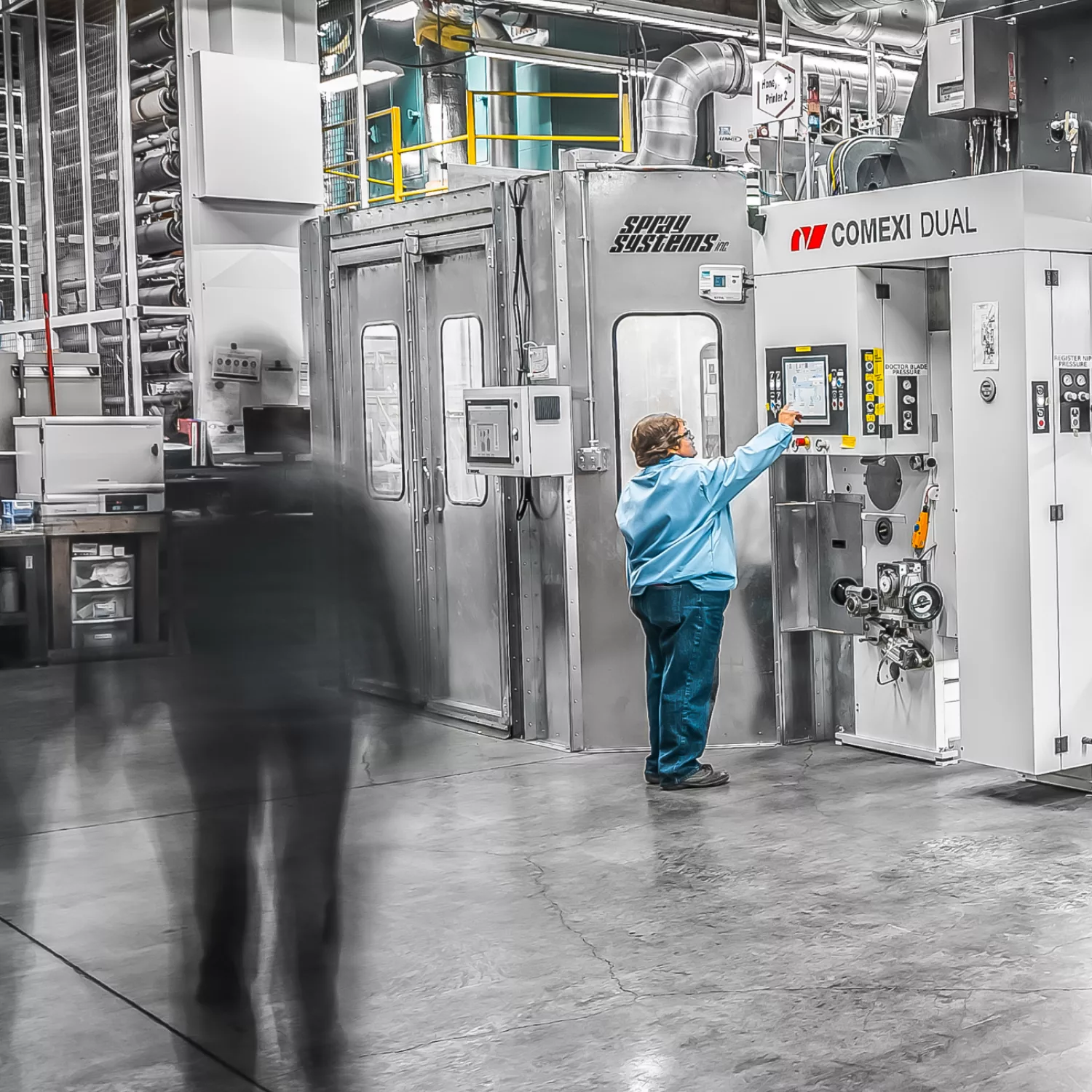Why A Trigger System?
Electronic information circles the globe constantly, moving almost at the speed of light. With the endless information comes a steady flow of marketing opportunities. The problem is that, because these opportunities arrive in a real-time, 24-hour cycle, the pace is so overwhelming that we miss most of our chances. To capitalize on these opportunities, it’s important to be prepared ahead of time, so you can respond in real time.
What Is a Trigger System?
A Trigger System is a plan that’s in place before you need it. The systems are combined processes and protocols that are set up in advance, so you’re able to focus your attention on what you’ll say in response to an opportunity rather than how and where you’ll respond.
Opportunities a Trigger System Catches
Some more obvious Triggers you could be automating for:
- Page visits
- Blog post visits
- App downloads
- Social media engagement (positive and negative)
- Significant news stories affecting your industry
- Purchases
…and a few less obvious examples:
- Weather, if you run a roofing company
- Legislation, if you’re a medical device manufacturer
- Election results, if you’re in Green Tech
- Economic changes, if your company is an SAS
Set Up
Now that that you know what a Trigger System is and you have some examples of a few Triggers, you can take the following steps to create your own custom Trigger System that’s quicker than the fastest-moving opportunities out there.
Determine What Your Triggers Are.
Whether something is an opportunity at all depends on the nature of your business. So first, create a list of the types of Triggers that are meaningful to your company and customers and where value is created by timely, repeatable, efficient, tactical, automated responses.
Narrow Things Down.
Next, analyze your list and consider which events hold the most opportunity. Then attempt to reduce the list down to between five and seven Triggers, based on priority (potential ROI).
Categorize.
Next, go through your list and determine if each opportunity is predictable or variable. Predictable opportunities include subscription periods, anniversaries or yearly events. Variable opportunities are hot or emergent opportunities that can arrive at any time. They’re the trickiest to harness but often present the greatest ROI for a timely response. Variable events include things like news stories, app downloads or bad customer reviews.
Choose Your Methods.
There are lots of ways to respond to a Trigger, and every business is different. For starters, think about the systems that are already in place in your business—things like automated email capabilities, an incredible customer service team or social media channels. Then consider ways to create a plan to leverage these systems in predictable, repeatable ways.
An Example – Newsletter Subscriptions
Studies show that sending an automated welcome email following a newsletter subscription is an effective method for long-term engagement, making it a great variable Trigger candidate. Here’s how it might work:
- Trigger 1: Newsletter subscription initiates email #1, a Welcome Message (breakdown of “what to expect” from your valuable newsletter each month)
- Trigger 2: Elapsed time of 21 days since email #1 initiates email #2, an Incentive (friendly “just checking in” message with a coupon download CTA)
A Trigger System can be challenging to set up. However, when you consider the wealth of opportunity that could be passing your company by, you’ll realize it’s an endeavor well worth the effort.
Have you thought of any unique events or Triggers in your industry that might be worthy of a Trigger System? Share in the comments below; I’d love to hear about them.
Save





